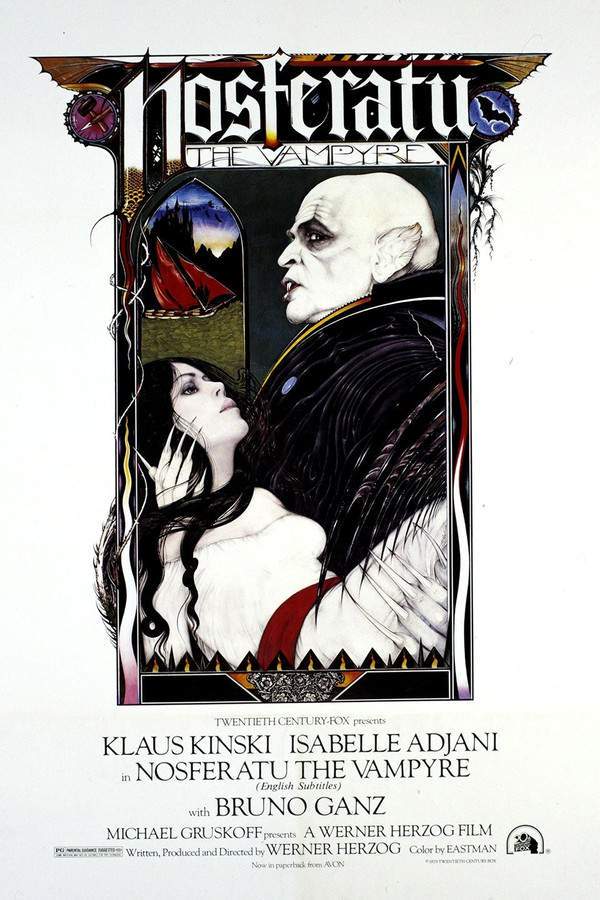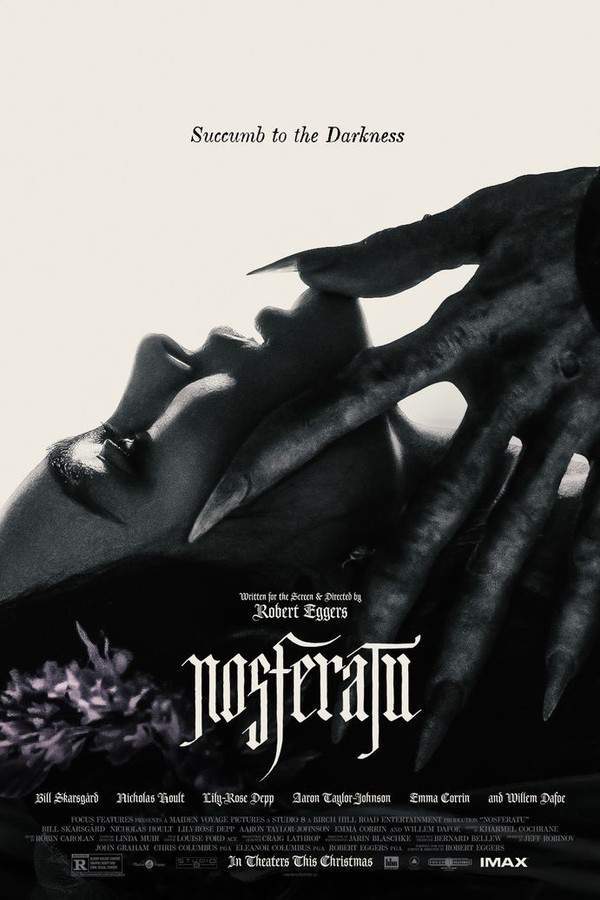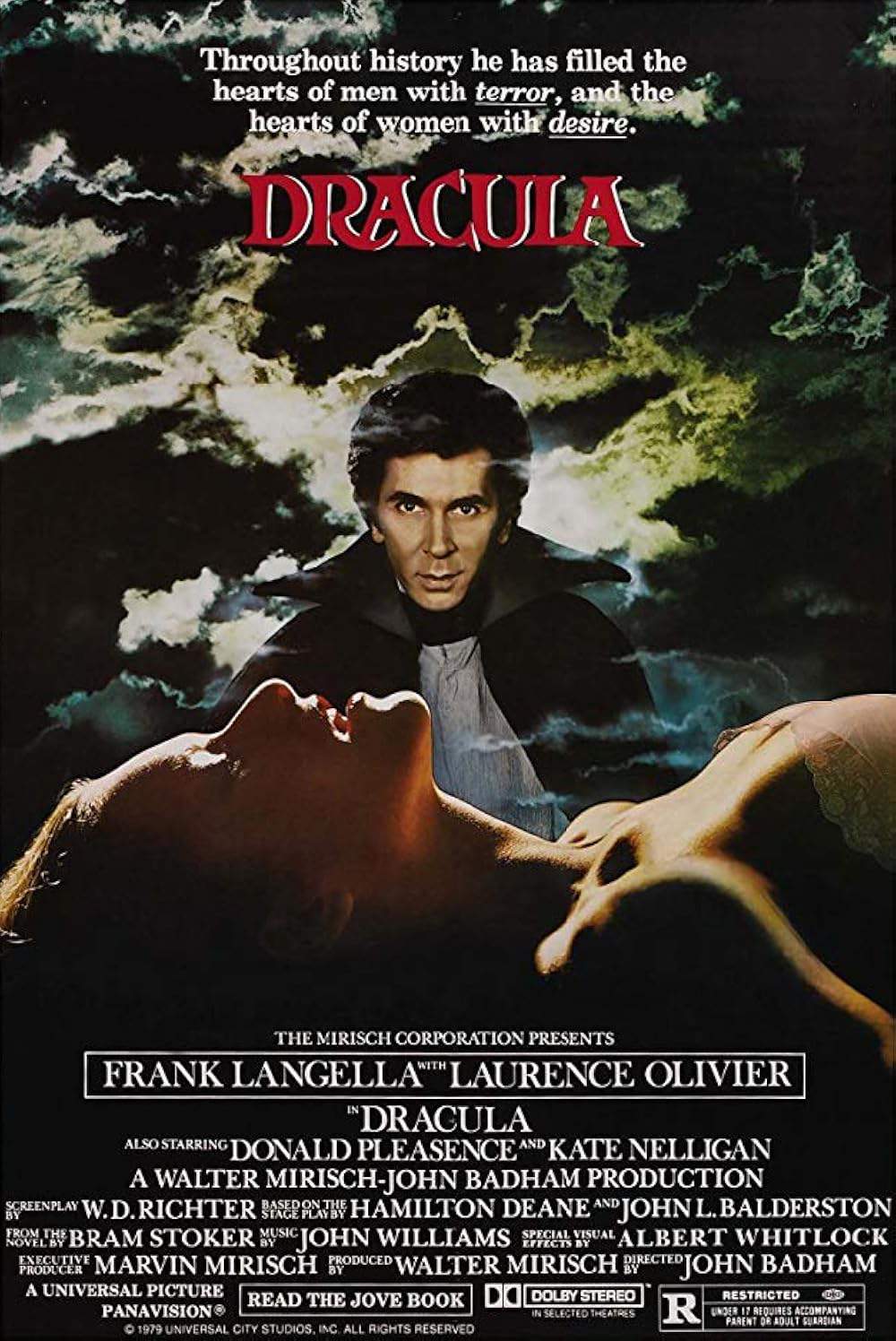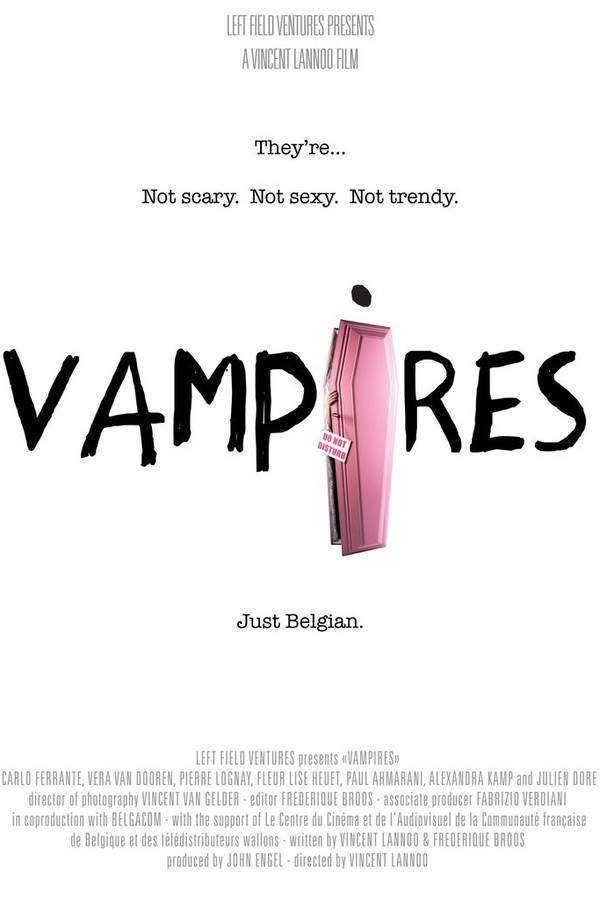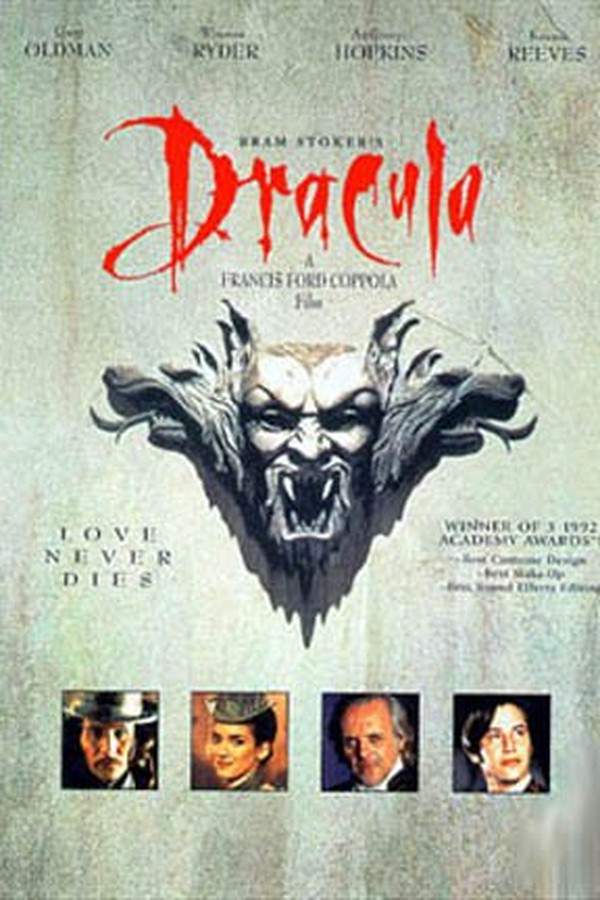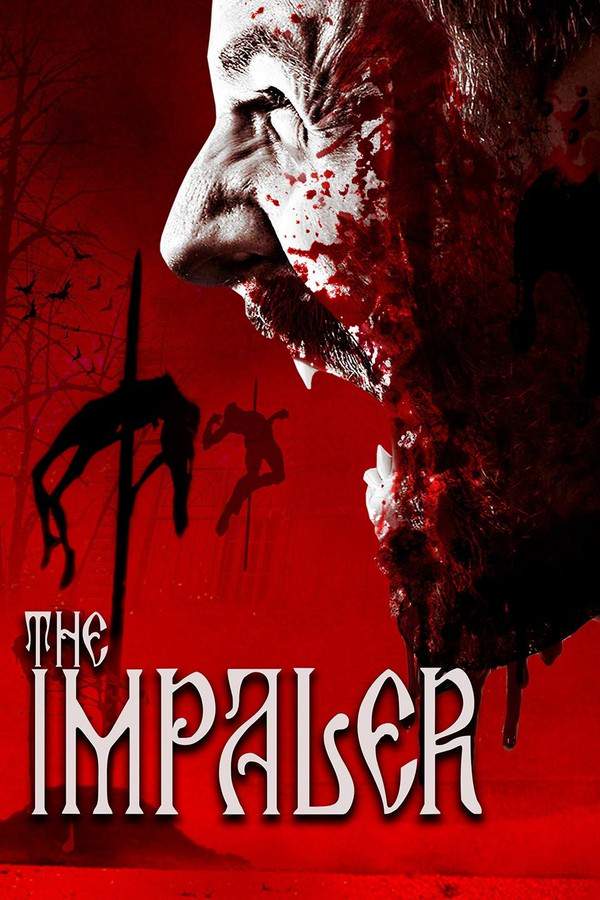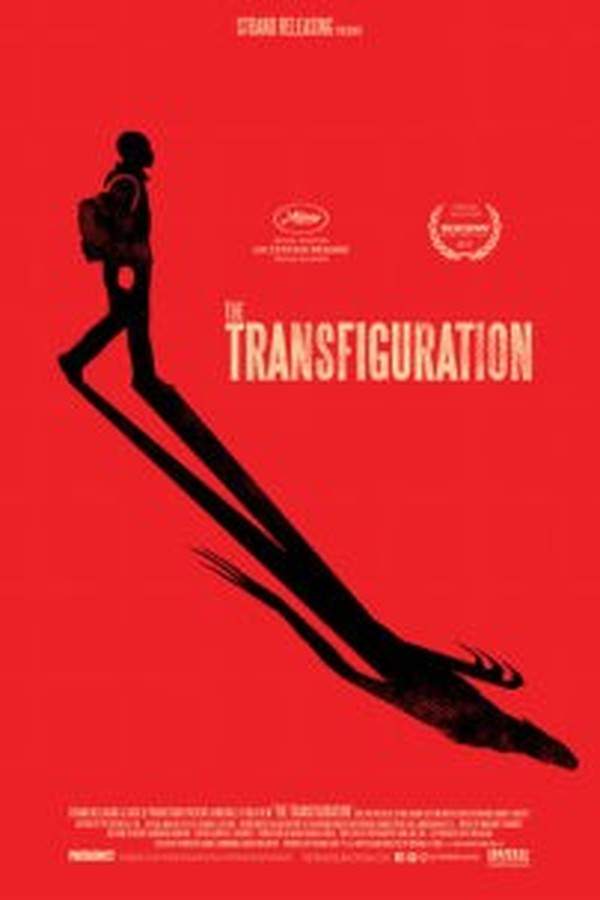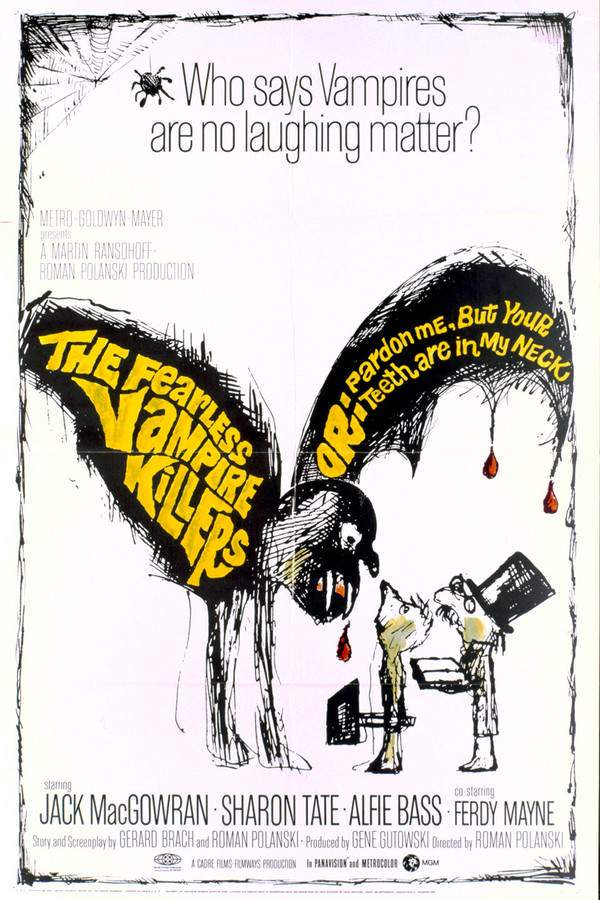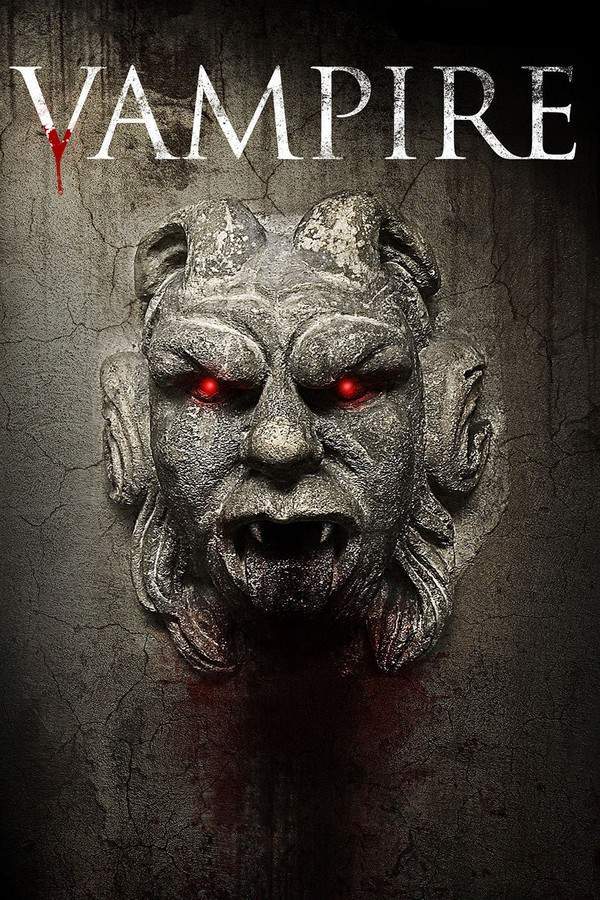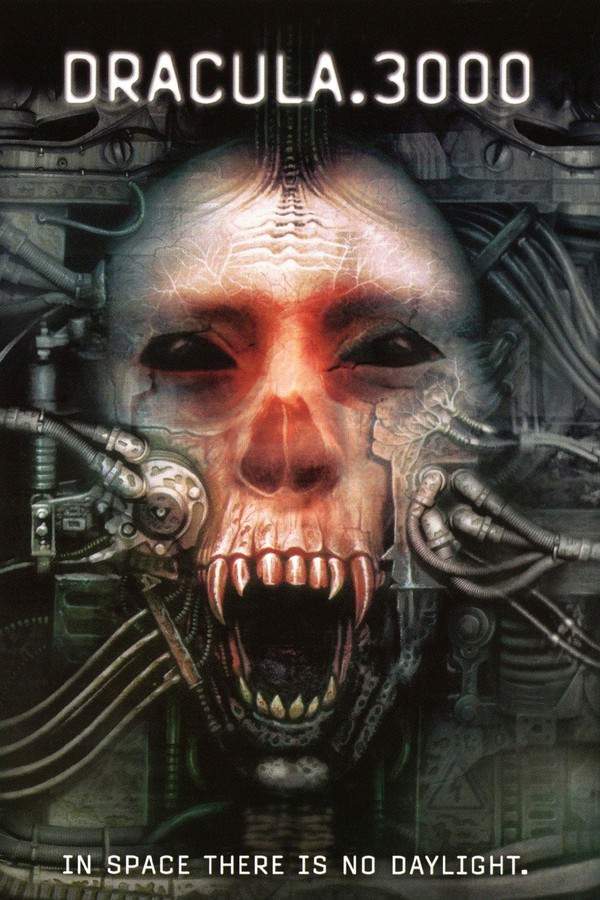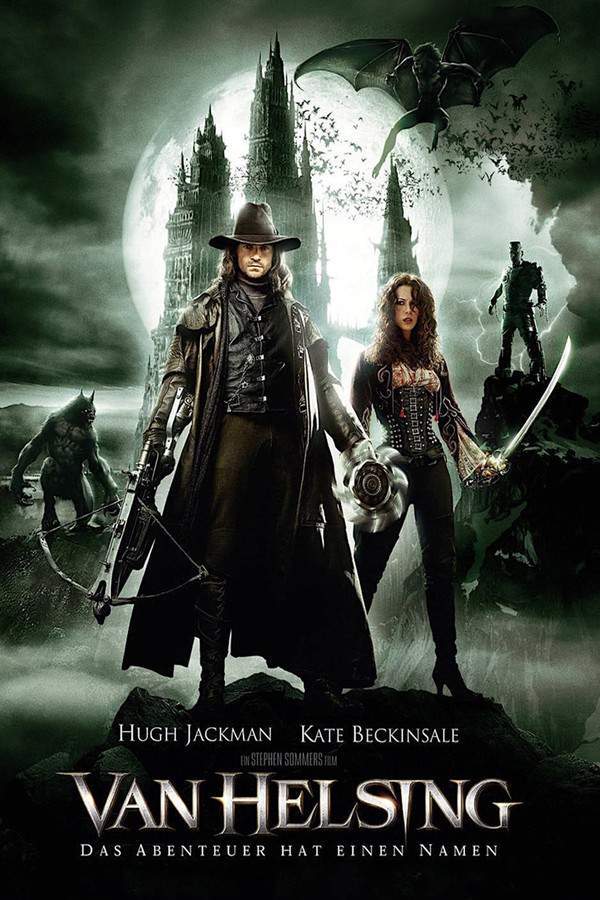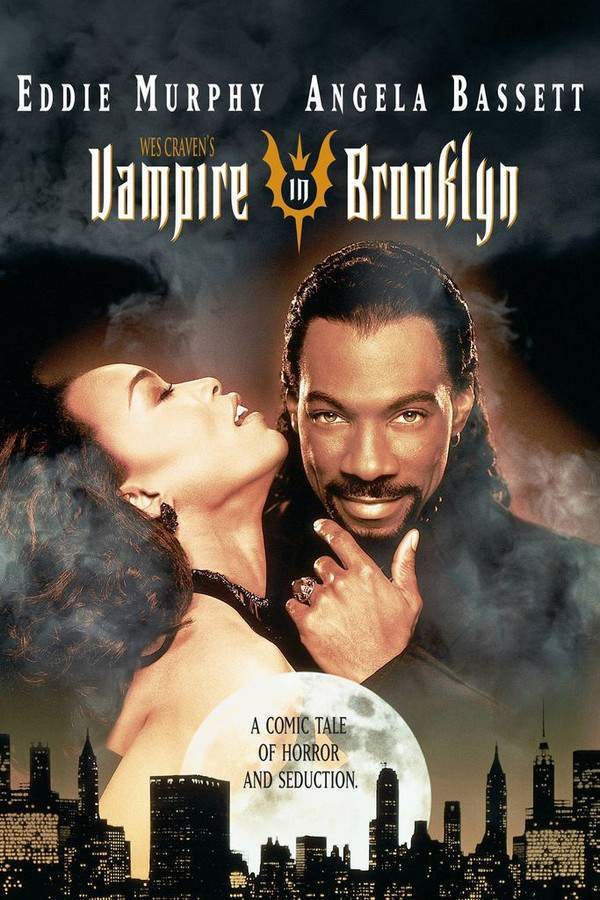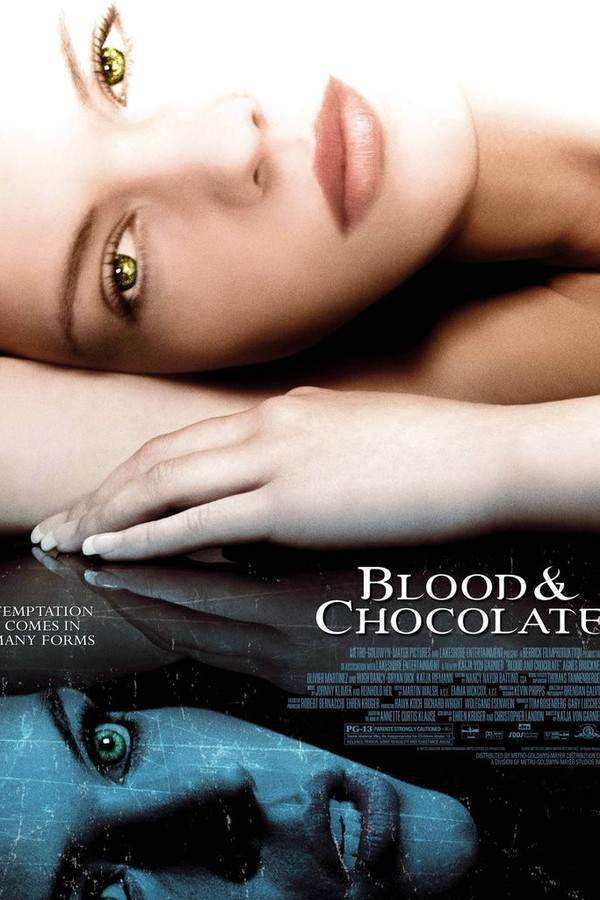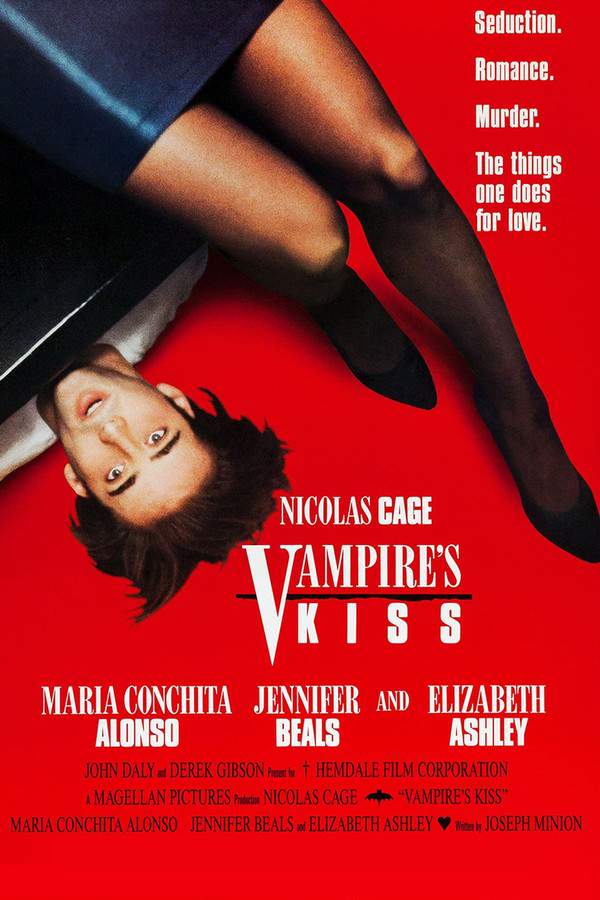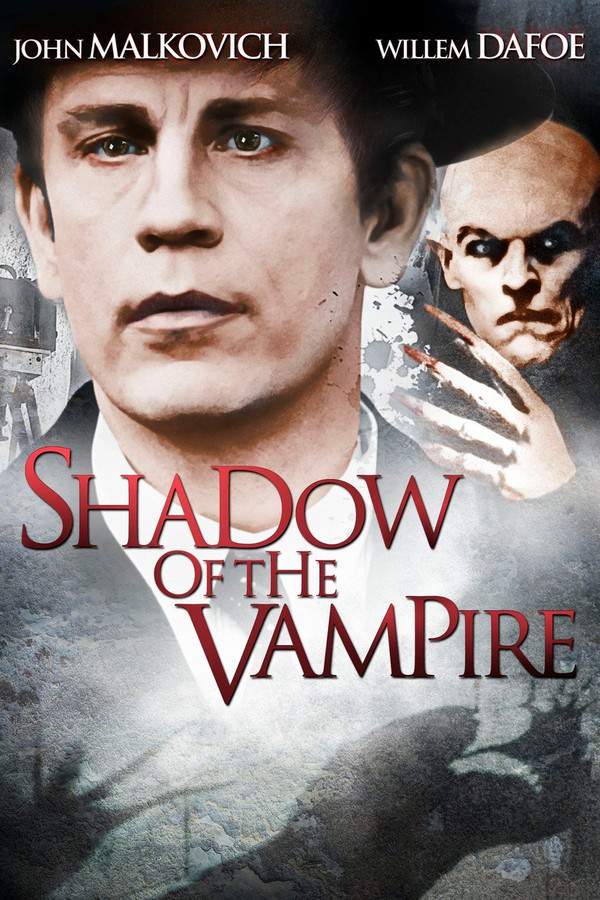
Shadow of the Vampire
Year: 2000
Runtime: 92 min
Language: English
Director: E. Elias Merhige
During the production of his silent film "Nosferatu," director F.W. Murnau makes a startling decision to cast an actual vampire, Max Schreck, in the lead role. As filming progresses, the cast and crew discover that Schreck's intense commitment to the part is far more than mere acting; he embodies the character of Count Orlok, appearing only under the cover of darkness and seemingly unable to break from his role. The quest for realism turns into a terrifying ordeal as the line between fiction and reality blurs.
Warning: spoilers below!
Haven’t seen Shadow of the Vampire yet? This summary contains major spoilers. Bookmark the page, watch the movie, and come back for the full breakdown. If you're ready, scroll on and relive the story!
Timeline & Setting – Shadow of the Vampire (2000)
Explore the full timeline and setting of Shadow of the Vampire (2000). Follow every major event in chronological order and see how the environment shapes the story, characters, and dramatic tension.
Last Updated: October 22, 2024 at 19:41
Main Characters – Shadow of the Vampire (2000)
Meet the key characters of Shadow of the Vampire (2000), with detailed profiles, motivations, and roles in the plot. Understand their emotional journeys and what they reveal about the film’s deeper themes.
Last Updated: October 22, 2024 at 19:41
Major Themes – Shadow of the Vampire (2000)
Explore the central themes of Shadow of the Vampire (2000), from psychological, social, and emotional dimensions to philosophical messages. Understand what the film is really saying beneath the surface.
Last Updated: October 22, 2024 at 19:41
Unlock the Full Story of Shadow of the Vampire
Don't stop at just watching — explore Shadow of the Vampire in full detail. From the complete plot summary and scene-by-scene timeline to character breakdowns, thematic analysis, and a deep dive into the ending — every page helps you truly understand what Shadow of the Vampire is all about. Plus, discover what's next after the movie.
Shadow of the Vampire Summary
Read a complete plot summary of Shadow of the Vampire, including all key story points, character arcs, and turning points. This in-depth recap is ideal for understanding the narrative structure or reviewing what happened in the movie.

Shadow of the Vampire Timeline
Track the full timeline of Shadow of the Vampire with every major event arranged chronologically. Perfect for decoding non-linear storytelling, flashbacks, or parallel narratives with a clear scene-by-scene breakdown.

Similar Movies to Shadow of the Vampire
Discover movies like Shadow of the Vampire that share similar genres, themes, and storytelling elements. Whether you’re drawn to the atmosphere, character arcs, or plot structure, these curated recommendations will help you explore more films you’ll love.
Explore More About Movie Shadow of the Vampire
Shadow of the Vampire (2000) Plot Summary & Movie Recap
Shadow of the Vampire (2000) Scene-by-Scene Movie Timeline
Shadow of the Vampire (2000) Spoiler-Free Summary & Key Flow
Movies Like Shadow of the Vampire – Similar Titles You’ll Enjoy
Nosferatu the Vampyre (1979) Story Summary & Characters
Nosferatu (2024) Ending Explained & Film Insights
Dracula (1979) Movie Recap & Themes
Vampires (1998) Plot Summary & Ending Explained
Bram Stoker's Dracula (1992) Spoiler-Packed Plot Recap
The Impaler (2013) Complete Plot Breakdown
Vamps (2012) Ending Explained & Film Insights
The Transfiguration (2017) Ending Explained & Film Insights
The Fearless Vampire Killers (1967) Full Movie Breakdown
Vampire (2013) Spoiler-Packed Plot Recap
Dracula 2000 (2000) Movie Recap & Themes
Van Helsing (2004) Complete Plot Breakdown
Vampire in Brooklyn (1995) Spoiler-Packed Plot Recap
Blood and Chocolate (2007) Complete Plot Breakdown
Vampire's Kiss (1989) Detailed Story Recap



